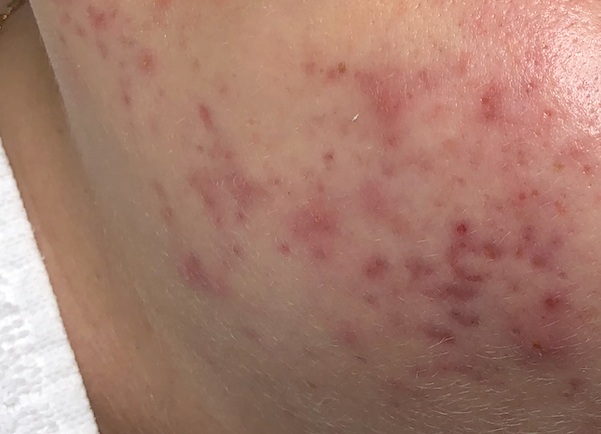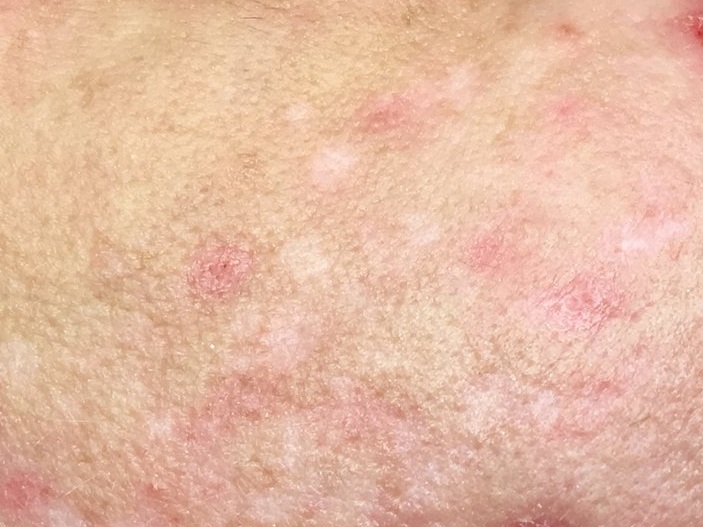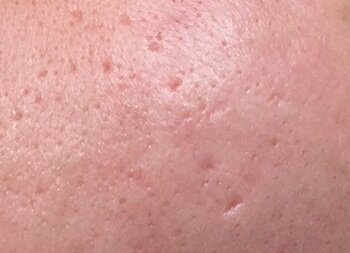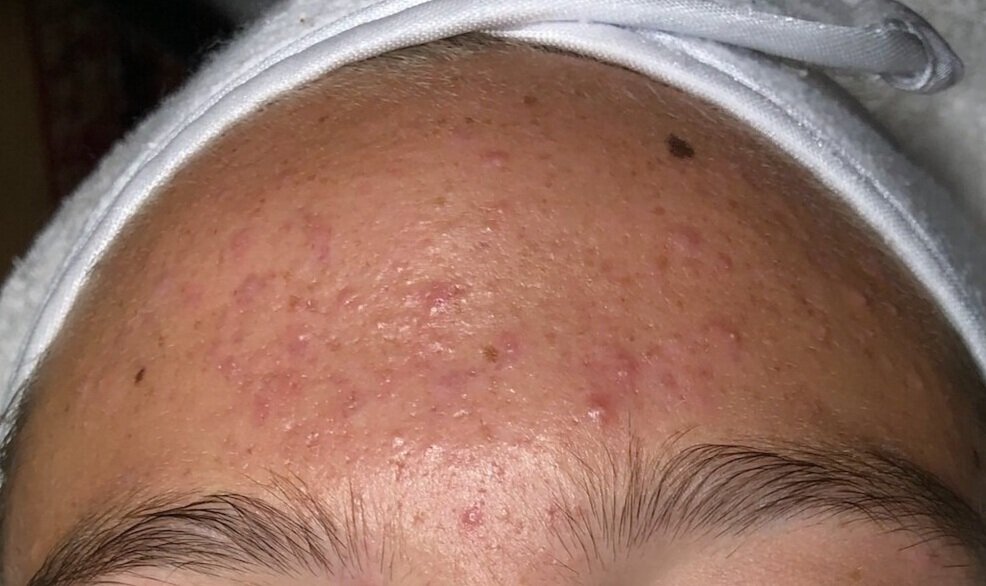Post-Inflammatory Pigmentation: Acne Marks and Discoloration Caused By Pimples
/What Is Post-Inflammatory Pigmentation?
Post-Inflammatory Pigmentation is the fancy term for skin discoloration caused by inflammation. Unlike acne scars, pigmentation usually resolves on its own and is highly treatable. If you read my post on the seven different types of acne, you know that there are four types of inflamed acne and any one of these can lead to discolored marks that last for weeks, months, and even years after the acne itself is long gone. You can even cause a non-inflamed acne lesion like a blackhead or whitehead to become inflamed by picking at it which is why leaving your hands off your face is so important. The most common type of discoloration causes the skin to turn darker or HYPER-pigment although, in rare cases, your skin might HYPO-pigment or turn lighter. There are three types of post-inflammatory pigmentation or discolored marks that can occur from inflamed acne or picking: Postinflammatory erythema which are pink or red marks, postinflammatory hyperpigmentation which are brown marks, and postinflammatory hypopigmentation which are white marks.
How To Prevent Pigmentation
The most effective and sustainable way to prevent pigmentation is to clear the acne itself. If your acne is still active though, there are two keys to preventing pigmentation:
Reducing Inflammation: this is key because it is the inflammation rather than the acne itself that causes the pigmentation in the first place. The two main tools we use to reduce inflammation with our program are icing and using an effective and non-comedogenic benzoyl peroxide product like our Clearing Treatment.
Avoiding abrasion and pressure: pressure and abrasion inflicted on the skin can send signals to our bodies that we are injured which can then set off the inflammatory response that leads to pigmentation. The best way to avoid this is to avoid picking or even resting against your hands or anything else that might put pressure on areas of your face or body that are broken out. Also, avoid any form of mechanical exfoliation (scrubs, exfoliating brushes, loofahs, microdermabrasion) which can tear and damage the skin.
How To Treat Pigmentation
Treating pigmentation should only be done once your skin is completely clear. If your skin is still broken out, you will likely be wasting your time and money treating the existing pigmentation because you will likely just have more pigmentation come up from future breakouts. The methods used to treat pigmentation also typically speed up the cell turnover process which can accelerate the rate of acne movement and trigger an inflammatory response that actually induces more pigmentation. Once your skin is completely clear, the most effective way to get rid of pigmentation is a combination of mild chemical peels and a daily product plan that helps purge the pigmented cells out of the skin. Our serums contain mandelic acid and lactic acid which are two of the most gentle and effective exfoliants for clearing acne and our acne facials include peels that contain a cocktail of ingredients meant to target acne and speed up the lifting and lightening of all three types of pigmentation.
How Long Does Pigmentation Treatment Take and What To Expect
Pigmentation usually takes longer than acne itself to clear out of the skin. With our program, most people see acne clear within 6-8 treatments over 3-4 months but it can take 3-4 times as long for the pigmentation to lift depending on how aggressive your product plan is and what type of peels your skin can tolerate.


















